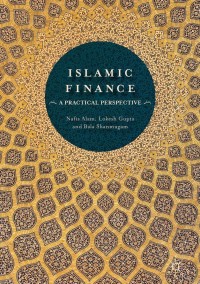The Dono valuation is based on the fundamental concept that the current price of a security can be determined by calculating the present value of the cash flows that the security will generate in the future. There is a consistent and predictable relationship between a bond's coupon rate, its par value, a bondholder's required return, and the bond's resulting Intrinsic value. Trading at a discount, trading at a premium, and trading at par refer to particular relationships between a bond's intrinsic value and its par value. This also results from the relationship between a bond's coupon rate and a bondholder's required rate of return Remember, a bond's coupon rate partially determines the interest-based return that a bond will puy, and a bondholder's required return reflects the return that a bondholdet would like to receive from a given investment might The mathematics of bond valuation imply a predictable relationship between the band's cou will the bondholder's required retum, the band's par valve, and its intrinsic value. These relationships can be summarized as follows: ty When the bond's coupon rate is equal to the bondholder's required return, the band's intrinsic value will equal its par value, and the bond wil trade at par . When the bond's coupon rate is greater than the bondholder's required return the bond's intrinsic value wilt its par value and the bond will trade at a premium When the bond's coupon rate is less than the bondholder's required return the bonds intrinsic value will be less than its par vald, and the bord will trade at a discount exceed Complete the following table by identifying the appropriate corresponding variables used in the equation. Unknown Variable Name Variable Value B $1,000 C Semiannual required return Based on this equation and the data, it is value less than $1,000 to expect that Oliver's potential bond investment is currently exhibiting an intrinsic Now, consider the situation in which Oliver wants to eam a return of 11.79%, but the bond being considered for dorchase offers a coupon rate of 8.75%. Again, assume that the bond pays semiannual interest payments and has three years to maturity. If you round the bond's intrinsic value to the nearest whole dollar, then its intrinsic value of (rounded to the nearest whole dollar) is its par value, so that the bond is Given your computation and conclusions, which of the following statements is true? O A bond should trade at a par when the coupon rate is greater than Oliver's required return When the coupon rate is greater than Oliver's required return, the bond's intrinsic value will be less than its par value. When the coupon rate is greater than Oliver's required return, the bond should trade at a discount. When the coupon rate is greater than Oliver's required return, the bond should trade at a premium









